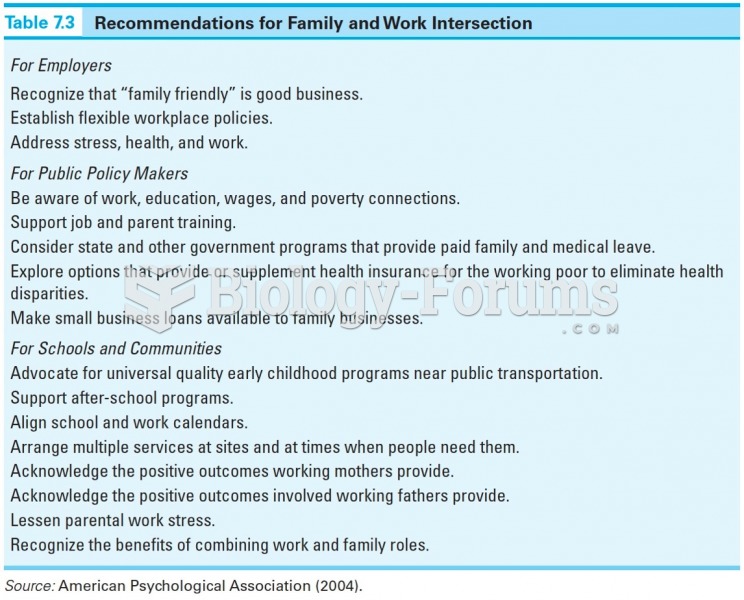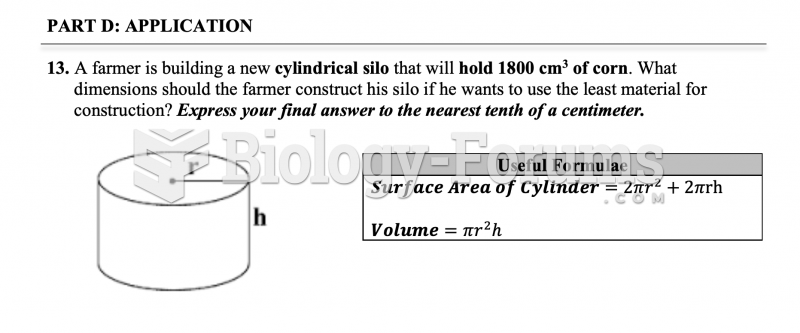Let's look at the electricity that comes to your home. When electricity moves from a power plant it is put into a very high voltage to be able to travel long distances. The high voltage lines can be as high 155,000 to 765,000 volts to travel many hundreds of miles.
In order for your home or a store to use the electricity, it has to be at a lower voltage than on the long-distance lines. So, the electricity is "stepped-down to a lower level using a transformer. This lower voltage electricity is put into the local electric wires at a substation. The substation breaks the larger amount of power down into smaller pieces at lower voltage. It then is stepped down again and again.
Once smaller transformers take that voltage down to usually 7,200, the power leaves this substation.
In your neighborhood, a transformer on top of a utility pole, or one connected to underground wires, transforms the 7,200 volts into 220-240 volts. This is then sent into your home over three wires. The three wires go through the electric meter, which measures how much electricity you use. One of the three wires is the ground, and the other two are the positives.
Some of the electrical appliances in your home use the 220-240 volts. These are things like a water heater, stove and oven, or air conditioner. They have very special connections and plugs. Other devices, like your TV or computer only use one-half of the electricity -- 110-120 volts.
In a toy train set, the voltage is reduced even more from 110-120 and is changed from alternating current into direct current.
Some businesses use higher voltage power to run big machines. So, they don't need to have the voltage reduced as much.
Let's look at the electricity that comes to your home. When electricity moves from a power plant it is put into a very high voltage to be able to travel long distances. The high voltage lines can be as high 155,000 to 765,000 volts to travel many hundreds of miles.
In order for your home or a store to use the electricity, it has to be at a lower voltage than on the long-distance lines. So, the electricity is "stepped-down to a lower level using a transformer. This lower voltage electricity is put into the local electric wires at a substation. The substation breaks the larger amount of power down into smaller pieces at lower voltage. It then is stepped down again and again.
Once smaller transformers take that voltage down to usually 7,200, the power leaves this substation.
In your neighborhood, a transformer on top of a utility pole, or one connected to underground wires, transforms the 7,200 volts into 220-240 volts. This is then sent into your home over three wires. The three wires go through the electric meter, which measures how much electricity you use. One of the three wires is the ground, and the other two are the positives.
Some of the electrical appliances in your home use the 220-240 volts. These are things like a water heater, stove and oven, or air conditioner. They have very special connections and plugs. Other devices, like your TV or computer only use one-half of the electricity -- 110-120 volts.
In a toy train set, the voltage is reduced even more from 110-120 and is changed from alternating current into direct current.
Some businesses use higher voltage power to run big machines. So, they don't need to have the voltage reduced as much.
THERE IS A PIC WITH THIS WEBSITE!







